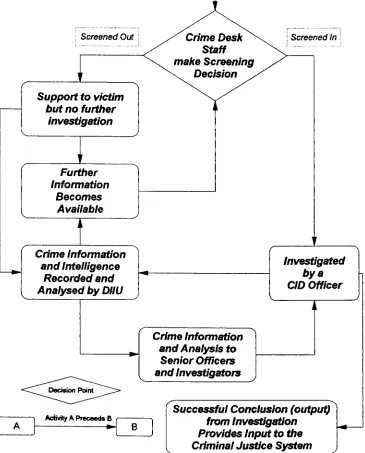Change in policing systems: a systems perspective of the processes and management of change in police organisations
Full text
Figure




Related documents
Finally, Japanese innovation and manufacturing development still plays important roles in new product development, production, and operations in many developed and developing
In parallel SQP, different starting points lead to different numbers of simulations (or function evaluations) and the largest one is used as the number of function evaluations
Figure 7, which shows the impulse functions of response of the price growth, demonstrates that the investments stabilize at the same level after 2 periods, output
Skinner’9 reported 28 cases of clinical diphtheria and virulent carriers treated with intramuscular penicillin with definite benefit.. He thought that 100,000 units per day should
Rather than focusing exclusively on incentives and expectations about the base rate of errors, the field interview study examines payoffs of error detection more broadly by
In theory, FRET is a radiationless energy transfer process, so ideally, a single emission spectrum of the output fluorophore should be observed, as illustrated in Fig.2.7
In addition to changes in selective and divided attention, according to the findings of the present study, Table 3 showed a significant difference in the behavioral problems
Prior studies were all performed on subjects during exercise (8,12), with COPD (chronic bronchitis and emphysema), in emergency department (during disease exacerbation or





